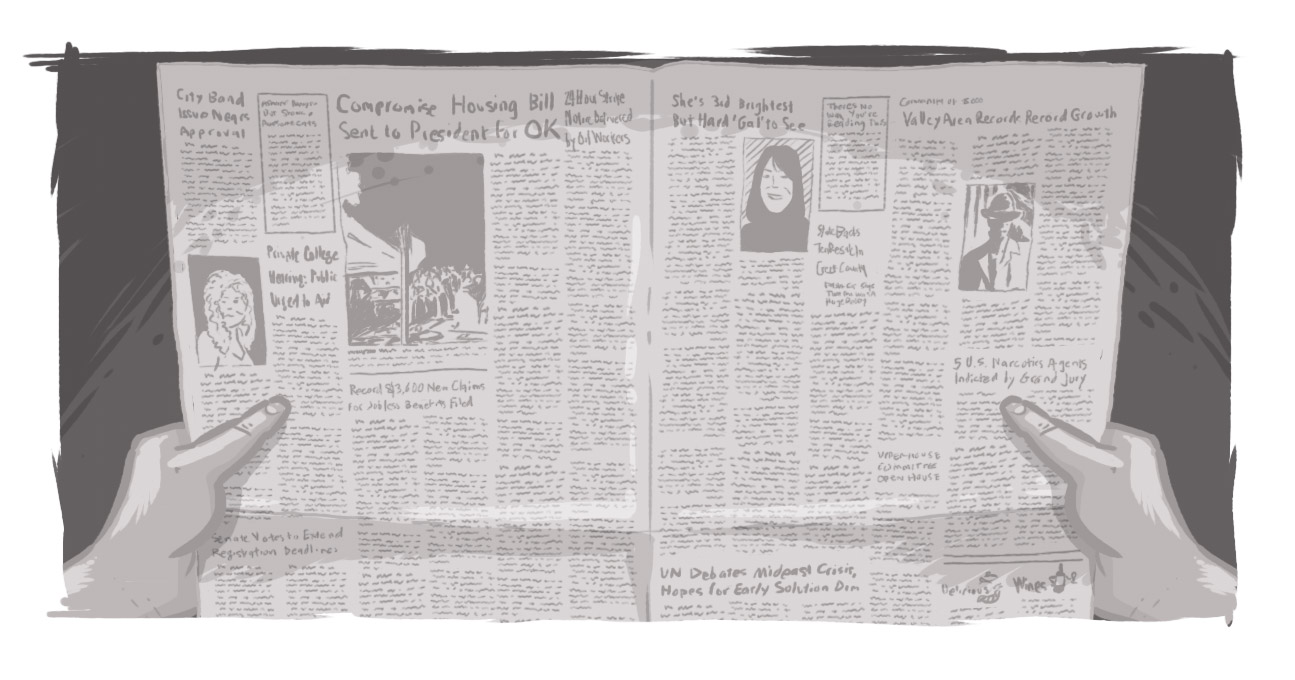Accessibility Matters - Empathy from Exposure

To know the right solution, you have to know the 'right' people, which makes exposure to those who people who benefit from accessible design integral to your process. And there are several ways that you can achieve that goal.
I often write, either directly or indirectly, about the importance of empathy in accessibility. I think it's incredibly important for those involved to understand the needs, pressures, and expectations that everyone faces: the developer trying to meet competing demands and impending deadlines; the designer wishing to make their site as visually appealing as they can, while still adhering to accessibility standards; and, of course, the end-user with a disability who just wants to use the former two's creations.
Some time ago I wrote about subtle exposure to persons with disabilities as a means to reach this latter goal. Another way is to read realistic profiles of persons with disabilities in the popular press – those articles that neither indulge in excessive praise nor excessive pity for a person living their life as anyone would, with the challenges of their disability. It can be hard to find those articles that celebrate accomplishment and the person where disability is a factor in one's life, but not the primary definition of the person.
However, Microsoft, through a profile of its recently appointed Chief Accessibility Officer, Jenny Lay-Flurrie, has achieved it for the most part.
The story profiles Lay-Flurrie, Microsoft’s new senior director for accessibility, online safety and privacy. As a person with deafness, whose hearing declined continually from childhood after a bout of measles followed by repeated ear infections, Lay-Flurrie grew up with an invisible disability as she spent years without hearing aids due to the fact that she was an excellent lip reader.
Eventually, the hearing aids that she did use were rendered useless due to her declining hearing. Her eagerness to hide her disability and the challenges that posed were front and center in this piece. And so too was the willingness of all of her employers to accommodate her needs and make any necessary purchases to do so.
There is much to like about this story and how it’s presented here. Firstly, there is sufficient praise for all its heroes. Lay-Flurrie’s obvious competence at her jobs is highlighted, which was aided by her Herculean efforts to hide her deafness through things like one-on-one debriefings after meetings and transcribing of voicemails amongst others.
But unlike most articles I’ve read about disability, it wasn’t Lay-Flurrie’s exceptionally positive attitude or her dismissing of barriers that got her through the toughest times. Once she disclosed her disability to her employers, she was able to do her job just as exceptionally without the added stress of additional tasks. One employer found funding for digital hearing aids when they would still be of use to her; another hired an American Sign Language (ASL) interpreter for her and found sources of online and on-site captioning. When she was ready to give up or felt she could not continue as she had, those around her stepped up to assist.
Another thing I appreciated in this article was that it was about someone with a disability who was both conventionally employed and in a leadership role. Many articles are about athletes with disabilities or persons with disabilities finishing a post-secondary degree. These are both really important aspects of life and an elite athlete (with a disability or otherwise) is pretty impressive.
But most of us don't fit that mould and it’s valuable for young people to see that there are many possibilities open to them after they receive their diploma.
I won't say the article is perfect. In fact, I’d be curious to know what others with invisible disabilities would think of it and I found the emphasis on the fact she doesn’t 'appear' disabled a bit overdone. Pointing out that she reads lips well and has the speech capabilities of a hearing person is well-taken in the context of discussing the invisibility of her disability, but these things were mentioned more than once and implied to me that being both attractive and not 'looking disabled' made Ms. Lay-Flurrie the perfect package.
Perhaps I’m over-thinking this, but it would appear not 'looking disabled' was a praise-worthy thing. After all, there are plenty of people who do 'look disabled' who are equally competent but may not have the benefit of 'looking like everyone else.' My hope is that the general public appreciates this, though I know there is still a long way to go in this area.
Disability representation takes many forms. Having a generally good article such as this makes inclusion through attitudinal changes all the more possible. I would like to see more articles like this written by more companies.
Of course, my preference is that one day articles about people with disabilities doing interesting things will no longer be newsworthy because it will be just a part of everyday life.
Where can I find articles about people with disabilities?
SUBSCRIBE TO OUR E-NEWSLETTER
 Subscribe
Subscribe


